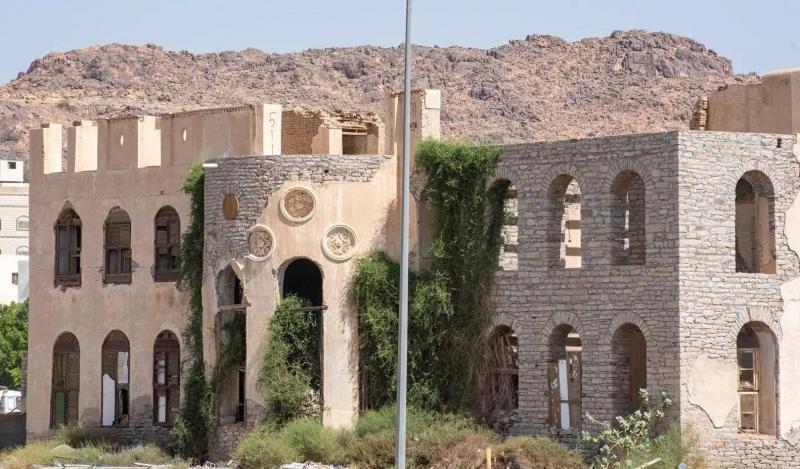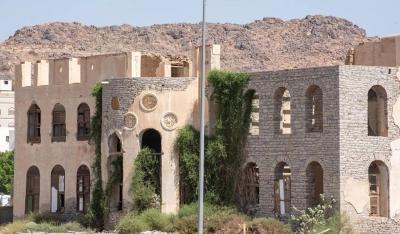The historical palaces are closely linked to the people of Taif for a long time, where tourists and visitors find scattered historical palaces on the outskirts of Taif Province and in the city center, surrounded by lush gardens and embraced by green nature. These palaces play a prominent role in the tourism movement, showcasing architectural masterpieces that highlight the beauty hidden in striking details.
Among the noted palaces of Taif are Qasr Jabrah, Qasr al-Kaaki, and Qasr al-Buqri. The Heritage Commission has approved the commencement of procedures for expropriating them. Architecturally and structurally, these palaces are located in prime sites, showcasing the unique Hijazi architectural features blended with Roman style, characterized by distinctive artistic plaster and stone decorations, as well as wooden carvings. They are surrounded by lush gardens and beautified by water pools on the façades, built from local stones, woods, lime, and bat'ha.
Qasr Jabrah is renowned as one of the most beautiful ancient palaces in Taif, notable for its unique architectural style, remarkable design, and intricate carvings, reflecting the prevalent local architectural arts and human creativity. The palace is situated on the banks of Wadi Jabrah, which flows heavily during rainfalls. It embodies the splendor of construction and the art of its era, featuring engravings and verses carved into its stone walls. The total area of the palace is approximately 5,636 m², with the building area being 1,500 m², dating back to 1362 AH.
On another note, Qasr al-Kaaki, constructed in 1358 AH in Al-Salamah district, utilized local workers and engineers for creating its general structure. The palace consists of three floors, containing 40 rooms, 10 bathrooms, and 6 kitchens. It was built in the Roman architectural style that became prevalent in Arab cities in the early 20th century.
As for Qasr al-Buqri, located west of the historical central area in Taif in Qurwa neighborhood on Al-Jaish Street, the palace was built in the early 14th century, specifically in 1348 AH as indicated by an inscription on the main entrance. The palace consists of two stories and features a garden considered one of Taif's most important orchards, adorned with numerous wooden decorations, projecting windows, and several rooms and council areas of varying sizes with public amenities.
Dr. Abdullah bin Hussein Al-Sharif explained that the Heritage Commission's announcement regarding the approval to begin expropriation procedures for these three historical palaces aligns with its efforts to preserve and protect national heritage, enhancing its role in expressing the national heritage and the historical dimension of these landmarks that demonstrate the depth and authenticity of Saudi heritage. This heritage remains evident on the Saudi map, crafted by national hands, reflecting the skills and experiences of this country's people and representing the continuity and growth of Islamic architectural art throughout the ages, harmonizing with ancient and modern global architectural arts.
He added that these three palaces and similar ones serve as witnesses to history and symbols of national heritage. Qasr Jabrah was once inhabited by the founding king, Abdulaziz bin Abdulrahman Al Saud, who hosted the guests of his state, and it was also home to King Saud. It retains its Islamic architecture and artistic features while drawing from global architectural arts, similar in artistry and value are Qasr al-Buqri and Qasr al-Kaaki.
Dr. Al-Sharif pointed out that Taif, with its geographical proximity to Mecca and its natural beauty, pleasant climate, and environment, makes it a distinguished summer resort that contributes to development and tourism in the Kingdom.




